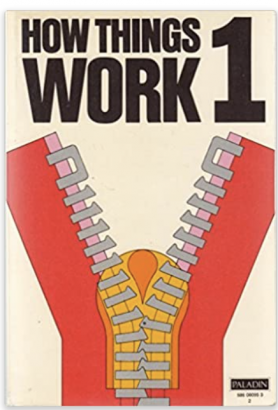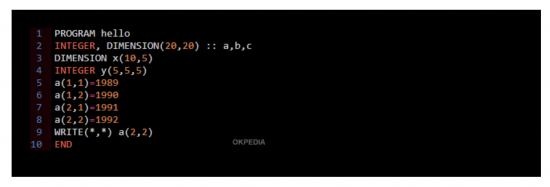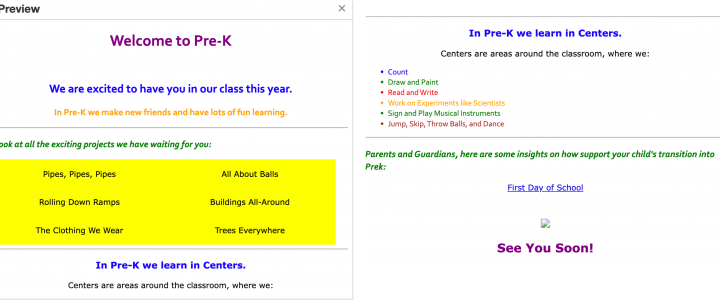
How Things Work – Volume 1
When you start talking about how things work, I am in, for the most part.
A young me used to revel in reading bits and pieces of my father’s “How things work” book series. I even recently found them in a box in the depths of storage and scanning through them brought back memory after memory after….
Me, the one who in preparation for a job interview (this was during one of my former lives!) in the telecom field spent a weekend reading a book cover to cover about what happens when a phone call gets made, why at times we put a 1 in front of the telephone number when calling from a landline, why we sometimes need 00 and why, when using mobile phones we need none.
I got the job. Didn’t take it. But I was certainly wiser about how phone calls work.
I say all this to preempt any question that I do not have biases when it comes to teaching coding in schools, and anything related to how the internet or the world wide web works. We simply must, shouldn’t we?
Ah, The Youth of Today!
I mean the tweens and teens of today do not know the struggles of using typewriters to punch out papers with no spellcheck or Grammarly. They get on TikTok without understanding the toils the programmer had to endure to bring their labor of love into the world.
Most do not even know how content seen on the world wide web efficiently travels as packets of zeros and ones through the fiberoptic internet highway of connected computers and servers. First, they must all watch the “How does the INTERNET work?” video. It will do them all some good. Look, I even included the video directly in this blog post; it cannot be missed.
Next, they must at least understand the difference between the internet and the world wide web, and the finally, for the finale, they must at least read Marshall Brain’s “How Web Pages Work” article to better understand “the art and science of Web pages,” as he excitingly puts it.
So now, if they follow this suggested path, what would they do with all this new-found information?
I say CODE; after all Marshall Brain gives quite the in-depth example of what coding a webpage looks like.
Niece, Let The Magician Perform
I surely have had the “everyone must learn to code” discussion with my newly minted teen niece any time she has had a coding class in school.
She’s not a fan.
It’s not even a love-hate relationship with coding; she has clearly informed me that there is no love to give as far as coding is concerned.
I have done my best to convince her.
That she should give it some time, she may like it.
That programming is much simpler these days with block-based and visual coding.
That after all, learning to code is like learning another language and that is a good thing for your brain.
That she should enjoy the process and witness how a line of what seems like gibberish makes something come alive, like magic!

I mean programming robotic arms in good old Fortran is how I got my start and my end. I remember the sheer joy I had when the arm would pick up an object and move it to the coordinates I programmed in. It was magical, even downright mystical. Mysterious I tell you!
But a programmer, I never became.
I simply want my niece to feel that level of exhilaration! Why not?!
I Tried it Again
After ____ number of years, I am back to trying my hand at coding again.
This time using HTML to develop a flyer. I decided to make a Welcome to Pre-K flyer to welcome new students into the joy of early childhood education – well their parents that is; 3- and 4-year-olds would not be reading my flyer, that I know.
So, as I said, I tried.
The flyer was coming together beautifully.
I even had to stop midway to record my progress and to share a very very simple tip. See, it’s right here!
Then I wanted to get fancy using the HTML5-editor.
A pink table with a yellow background.
Ah, that would look colorfully awesome and pre-k-like! It worked, I think.
How about adding a picture? I found a URL for one and plopped it into the HTML code as laid out by many sources.
And then it did happen.
Nothing, that is.
Not a thing happened.
Nothing changed on the screen.
So, I went back, back to the video that helped explain it all, “HTML Introduction: How to Code a Simple Webpage,” by Explaining Computers on YouTube.
I followed the rules but nothing.
After multiple tries, and I mean multiple sadly, it just didn’t work the way I expected.
And then I remembered my days living in Fortran-land. Yes, I know it’s a coding language but trust me, the memory of feeling like it was my home for hours, even days, flooded my brain.
Sometimes, it wasn’t like magic at all. Sometimes, after hours and hours of poring over the non-working code looking for errors, you found the missing COMMA! But time was gone, lost forever, never to come back.
Is this Teen on to Something?
Maybe my niece was right after all. Shhhhhh…..
Maybe, if it’s not your cup of tea should you stay on the other side of the Grand Canyon far away from learning how to code using HTML?
My current perspective: Expose students to coding and let those who truly thrive in coding teleport right into Coding-Land.
It is primarily through web pages and apps that we live our daily lives. Making sure that all students have a glimpse of how this all gets into their hands is beneficial I think.
Now, as for my teen niece, she should go with her strengths – maybe, with some basic coding understanding, her managing and leading programs or projects that require coding where she does not have to code herself is fine by me.
Please, not a word yet to her at all!

